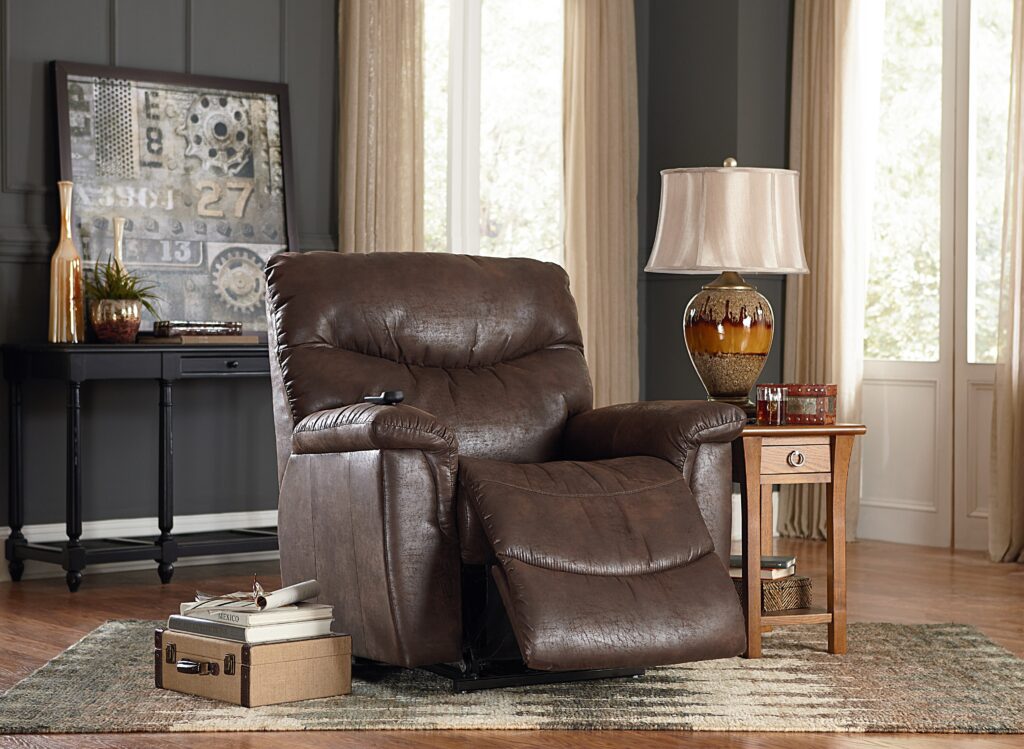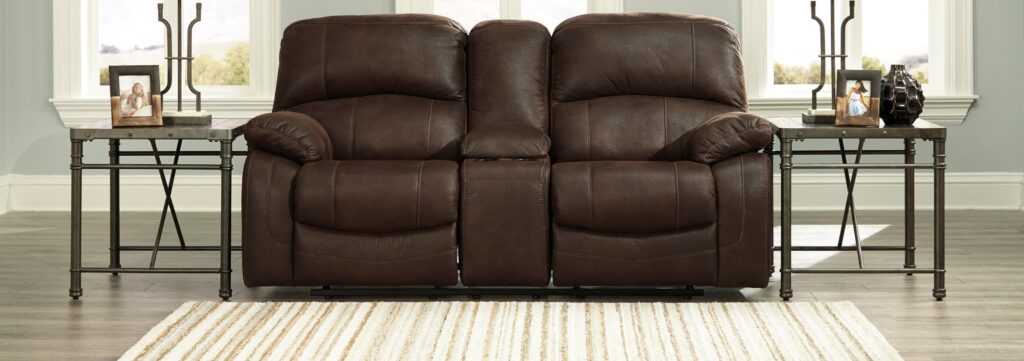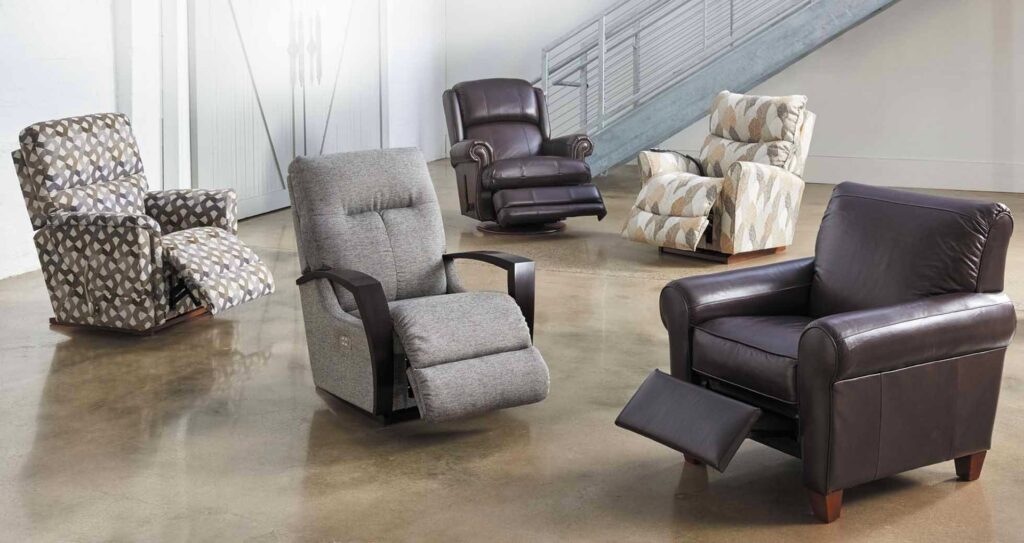Wall huggers are recommended for users with limited space, but what is a wall hugger recliner and how is it different from other recliners? The first thing you will notice about them is their streamlined profile. They also require little clearance of only a few inches from the wall because they create the space to recline by moving the seat forwards and extending the footrest. This is why they are also known as zero clearance. They are also referred to as a wallaway recliner which seems contradictory to wall hugger, but it conveys the way they move away from the wall to take up less space.
Knowing what is a wall hugger recliner is one thing, but you also need to be familiar with the different varieties available to choose the right model. Read on to find out the unique features of each type, the amount of space you can save with a wall hugger and a detailed explanation of how they achieve this through their motion.
A wall hugger recliner is a space-saving chair that can be installed in close proximity to the wall because it requires minimal clearance of 4 to 6 inches. It is available in different types that are automated or controlled manually.
Wall hugger recliners come in different forms; standard wall huggers with adjustable reclining positions; convenient remote-controlled models which may also have lift function; zero wall options that take the least space; and larger double wall hugger recliners which make great loveseats that can be reclined independently without occupying significant floor space. However, a wall hugger doesn’t mean restricted space and discomfort. These models are usually quite spacious, for example this Addison reclining armchair from NHI Express is 35 inches wide and 40 inches deep ensuring a relaxing, comfortable rest.
Wall huggers save floor space and can be placed in close proximity to the wall because they move away from it. During recline, this chair extends the footrest and moves the seat forwards to create room to lower down the backrest.
Their small footprint fits in restricted spaces and the forward gliding motion allows them to be placed next to the wall and other furniture.
They come in a wide variety of colors, styles and sizes to accommodate custom needs.
Wall huggers offer users the option of microfiber, polyester (like this one from Lifestyle) or leather recliners which are more comfortable and easier to clean.
The models are sold at different pricing points which makes it easy to own a wall hugger on a budget.
The forward motion of wall huggers reduces recline allowance to a maximum space of 6 inches, which is economical compared to standard recliners which require clearance of at least 12 inches from the wall to fully recline.
Both wall huggers and gliders are types of recliners, but they are different in size and recline mechanism. A wall hugger is smaller in size and it reclines by moving forwards whereas gliders have a larger profile and they adjust their position by moving forwards and backwards. Wall huggers also have limited motion range to save on floor space, but rockers and gliders can recline in several positions to provide the best recliners for sleeping. Increasing the recline angle of your seat to take a nap can improve your sleep quality, according to The National Center for Biotechnology Information ( NCBI Trusted Source Flat-out napping: The quantity and quality of sleep obtained in a seat during the daytime increase as the angle of recline of the seat increases - PubMed Some shiftwokers in the long-haul transportation industries (i.e. road, rail, sea, air) have the opportunity to sleep in on-board rest facilities during duty periods. These rest facilities are typically fitted with a seat with a maximum back angle to the vertical of 20°, 40°, or 90°. pubmed.ncbi.nlm.nih.gov ).
Wall huggers mainly save space by their forward motion. This means that even a double wall hugger recliner will still be an economical investment with substantially reduced footprint compared to other types of recliners designed as loveseats.





